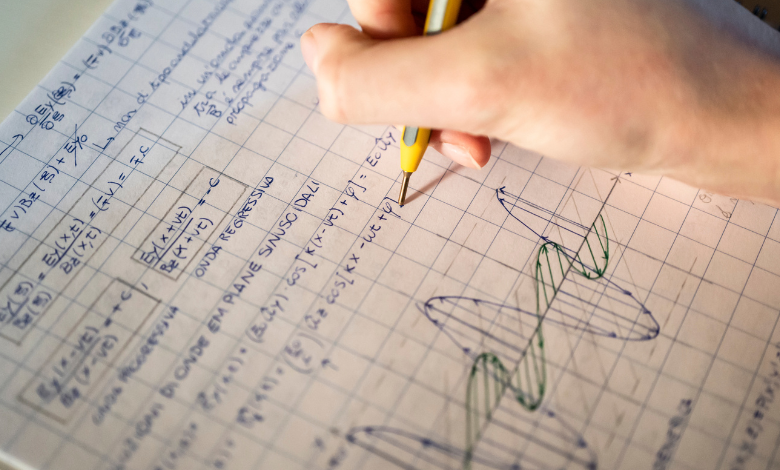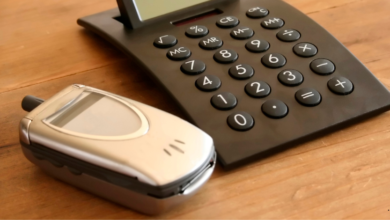
When examining decimal numbers, especially those that represent rational fractions, we often encounter repeating patterns. The decimal 0.0588235294117647 is derived from the fraction 117\frac{1}{17}171. Understanding the structure of this decimal can help us determine what the 300th digit in its expansion is.
Table of Contents
ToggleUnderstanding the Decimal Expansion
- Fraction Representation:
- The decimal 0.0588235294117647 is the result of dividing 1 by 17. This fraction is noteworthy because it results in a repeating decimal pattern.
- Repeating Nature:
- The decimal representation of 117\frac{1}{17}171 does not terminate. Instead, it has a repeating sequence. To fully analyze this, we first express the fraction as a decimal.
- Decimal Conversion:
- Performing the long division of 1 by 17 gives us: 1÷17=0.0588235294117647058823529411764705882352941176470588235294117647…1 \div 17 = 0.0588235294117647058823529411764705882352941176470588235294117647…1÷17=0.0588235294117647058823529411764705882352941176470588235294117647…
- Observing the digits after the decimal point, we can see that they form a repeating cycle of 16 digits:
- Cycle: 0588235294117647
Identifying the 300th Digit
To find the 300th digit of the decimal expansion of 117\frac{1}{17}171, we can leverage the repeating nature of the decimal:
- Length of the Cycle:
- The repeating section consists of 16 digits:
- Sequence: 0588235294117647
- The repeating section consists of 16 digits:
- Positioning:
- To find the 300th digit, we need to determine its position within the repeating cycle. This can be done using the modulus operation: Position=300mod 16\text{Position} = 300 \mod 16Position=300mod16
- Performing this calculation: 300÷16=18.75⇒18 complete cycles+12 remainder300 \div 16 = 18.75 \quad \Rightarrow \quad 18 \text{ complete cycles} + 12 \text{ remainder}300÷16=18.75⇒18 complete cycles+12 remainder
- Thus, 300mod 16=12300 \mod 16 = 12300mod16=12
- This tells us that the 300th digit corresponds to the 12th digit in the repeating cycle.
- Finding the 12th Digit:
- From the repeating sequence (0588235294117647), we can identify the 12th digit:
- Sequence:
- 0 (1st)
- 5 (2nd)
- 8 (3rd)
- 8 (4th)
- 2 (5th)
- 3 (6th)
- 5 (7th)
- 9 (8th)
- 4 (9th)
- 1 (10th)
- 1 (11th)
- 7 (12th)
- Sequence:
- Therefore, the 12th digit is 7.
- From the repeating sequence (0588235294117647), we can identify the 12th digit:
Conclusion
The 300th digit of the decimal representation of 117\frac{1}{17}171, or 0.0588235294117647, is 7. This exercise illustrates not only the repeating nature of certain decimal expansions but also how to efficiently find specific digits within such sequences using modular arithmetic. Understanding these properties of fractions and their decimal equivalents can significantly simplify numerical analysis and computations in mathematics.





